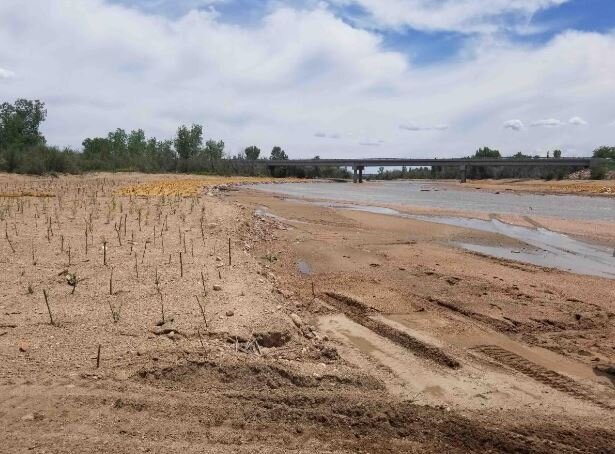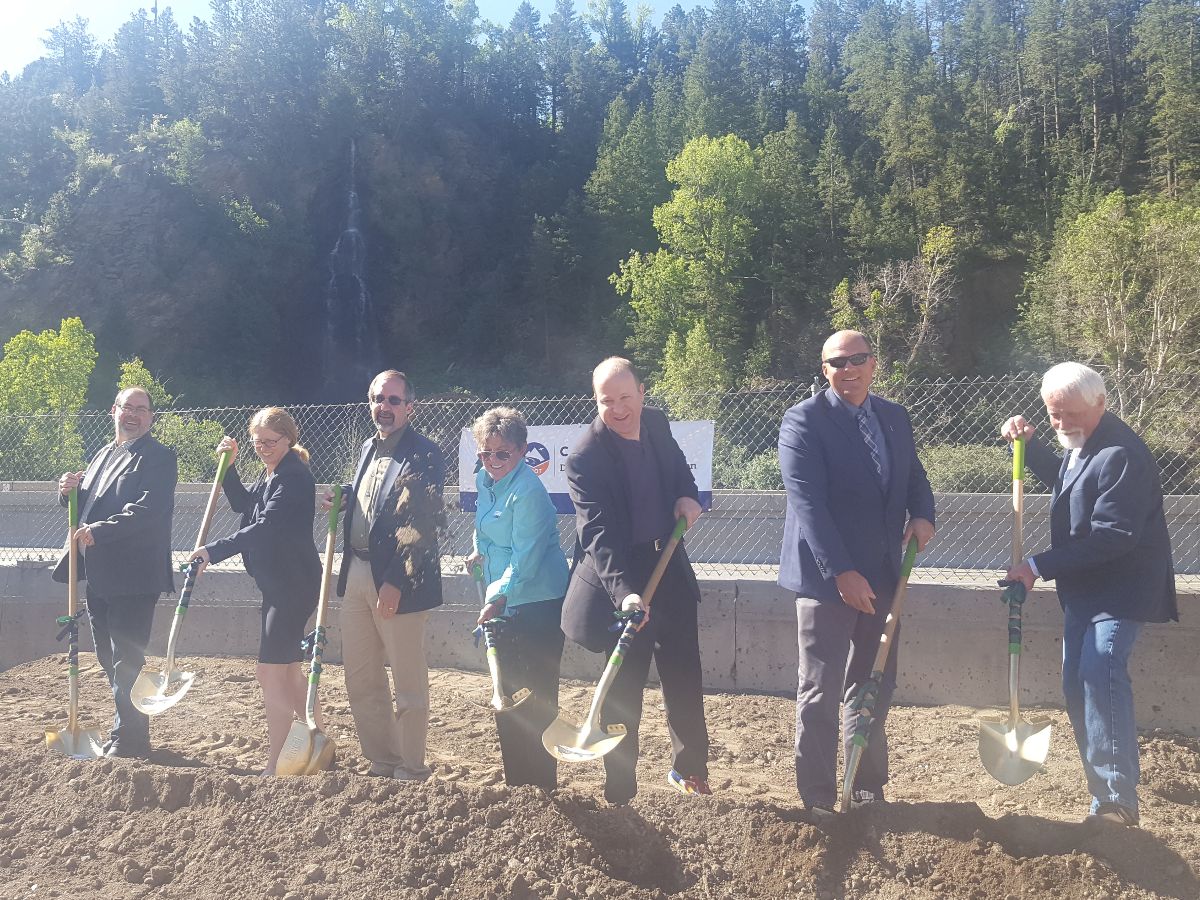The North American beaver (Castor canadensis) is native to Colorado, and its role as both an environmental engineer and a keystone species has profoundly impacted the state’s ecology and history. Although their populations today are low, beavers continue to shape Colorado’s environment was estimated to be 100 to 200 million individuals. From 1670 to 1870 the beaver population plunged due to the fur trade. Regulations in hunting and habitat protection have helped the United States’ population of beavers to recover to an estimated 15 million individuals today.
The Rocky Mountains was a bonanza for the fur trade.
Fur traders explored much of Colorado over the course of the 1830s and 1840s in search of beavers. The Colorado Rockies became the second-most-important trapping ground for the fur trade in North America. Beavers are still a rare sight in most of Colorado and have never fully recovered from their 19th century depletion, even declining in many areas since the 1940s. In Rocky Mountain National Park, beavers inhabit only 10% of suitable habitat.
While trapping has been responsible for much of the dramatic decline in the beaver population, habitat destruction has played a large role as well. Since Colorado became a state in the late 1800s, half of the state’s original wetlands has been lost through drainage, fill or excavation. With each acre of wetland loss, we have lost associated wildlife habitat, water quality and water storage functions. Wetlands and streams are the organs and circulatory system of our watersheds – storing, transforming and transporting water, sediment, nutrients and organisms from the mountaintops to the plains. A critical part of the transformation process is groundwater aquifer re- charge.
The use of groundwater in Colorado for homes and industry began before 1900. Groundwater resources supply approximately 18% of the state’s needs today and that percentage is increasing. We can replenish our wetlands through ecological restoration and bring back the ecological functions that wetlands once provided across our state, including groundwater recharge. As beavers create new habitats, they slow the water down, keeping streams flowing later and deeper into the year, all of which improves aquifer recharge. Restoring wetland and beaver habitats provides significant benefits beyond aquifer recharge. In addition to enhanced water quality, and biodiversity, communities can also be better protected from floods and wildfire.
Elsewhere, Idaho Fish and Game is making huge strides in reintroducing beavers into unpopulated habitat and expanding the range and impact of beavers in the state, with the assistance of NASA to monitor and document the watershed benefits
Beavers were reintroduced to Scotland in 2009, after a 400-year absence from the ecosystem. Scotland’s national “rewilding” strategy includes an ambitious and forward-looking approach to managing and conserving beavers as a keystone species. Critical to the success of the strategy is empowering and supporting communities to maximize the environmental and wider benefits of beavers, while minimizing negative impacts through effective management and mitigation.
In Colorado we are finding opportunities to restore and expand wetland and stream habitat with beavers playing a critical role in that effort. As we establish new policies, rules and regulations regarding wetlands in response to the recent passage of legislation regarding waters of the state of Colorado, the focus should be on creating significant incentives for preserving, enhancing and expanding riparian ecosystems as a part of continuing growth and urbanization. In Colorado several organizations are already working to restore and enhance beaver habitat throughout the state. Colorado State University’s Colorado Natural Heritage Program and Colorado Wetland riparian ecosystem like the beavers would. We can be like beavers and let the regenerative native landscape predominate. Mowed turf has very low coefficient of
Information Center, the Colorado Water Conservation Board, the Defenders of Wildlife Beaver Working Group and other organizations are building a wealth of experience, information and resources available for protecting and expanding riverine systems and beaver populations throughout the state.
I’ve seen beavers inhabiting areas all the way from the tree line to the heart of the city in places like Cherry Creek in Glendale, Sanderson Gulch in Southwest Denver, and along the Platte and Bear Creek, to name a few. Beavers in the urban ecosystem present their own set of challenges, like tree losses and localized flooding. Management practices like tree protection and relocations are often needed. Some wildlife management agencies use beaver contraceptive birth control in addition to other strategies to manage some urban populations.
In the urban environment where beaver habitation is impractical, we can still design and manage the urban friction that significantly accelerates runoff and the potential for flooding. Trees and shrubs detain hundreds of gallons of water on their leaves and stems during a rain event, significantly slowing down runoff.
We can manage our urban waterways from where they begin at the highest elevations of the neighborhoods and communities we build. We can make room for the water with an interconnected system of “green” streets, drainageways and ponding that are integrated with parks and open spaces, designed to serve multiple purposes that benefit both wildlife and people.
We can minimize impervious surfaces and piping that restrict infiltration and accelerate run-off. Beavers don’t build concrete trickle channels or line their ponds with impervious membranes.
Where impervious surfaces are needed, they should sheet flow directly to landscape areas whenever possible. Stormwater can be managed with a variety of sustainable design techniques and detained and infiltrated in multiple basins throughout the open space system. Beavers don’t build one big pond at the bottom of the hill; they build an interconnected series of ponds that dissipate energy from storm events and minimize system failure.
The benefit of beavers as both an environmental engineer and a keystone species in a regenerative, natural system-based approach to managing our state’s water cannot be understated. Even in the urban ecosystem where beaver habitation may be impractical, we can strive to mimic their ingenuity as we build and manage our waterways and open spaces and “be like the beavers.”
Read More








